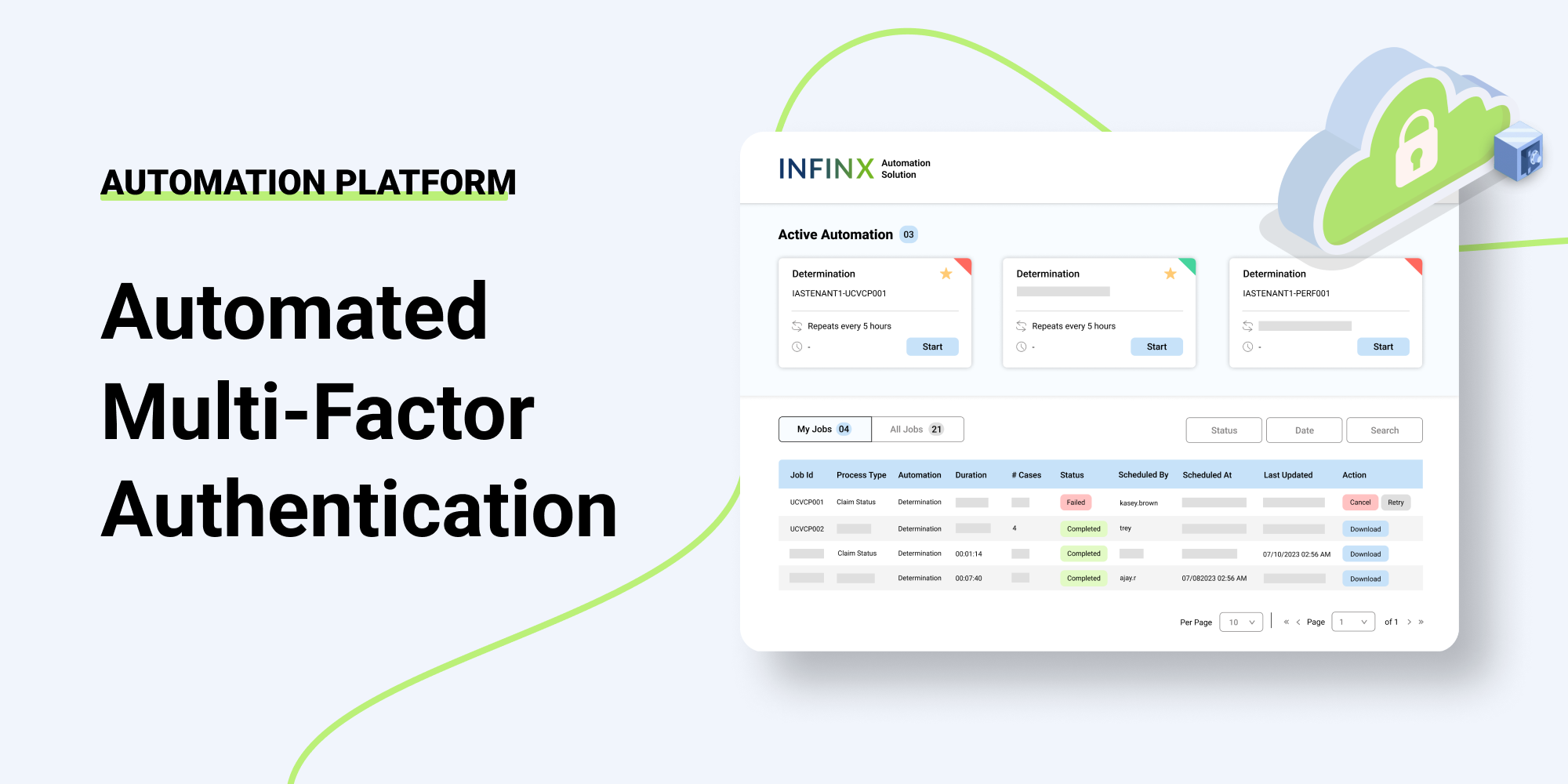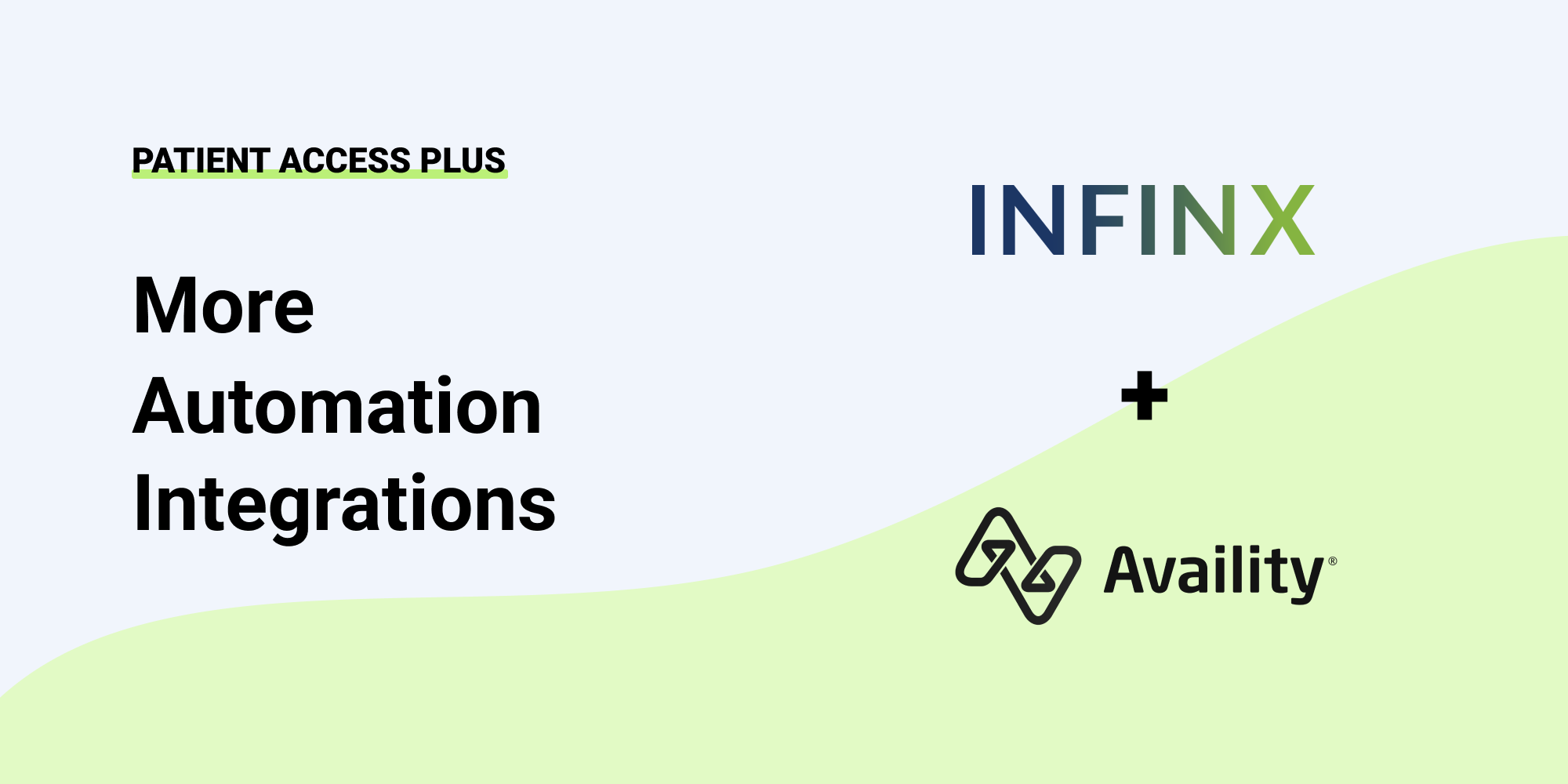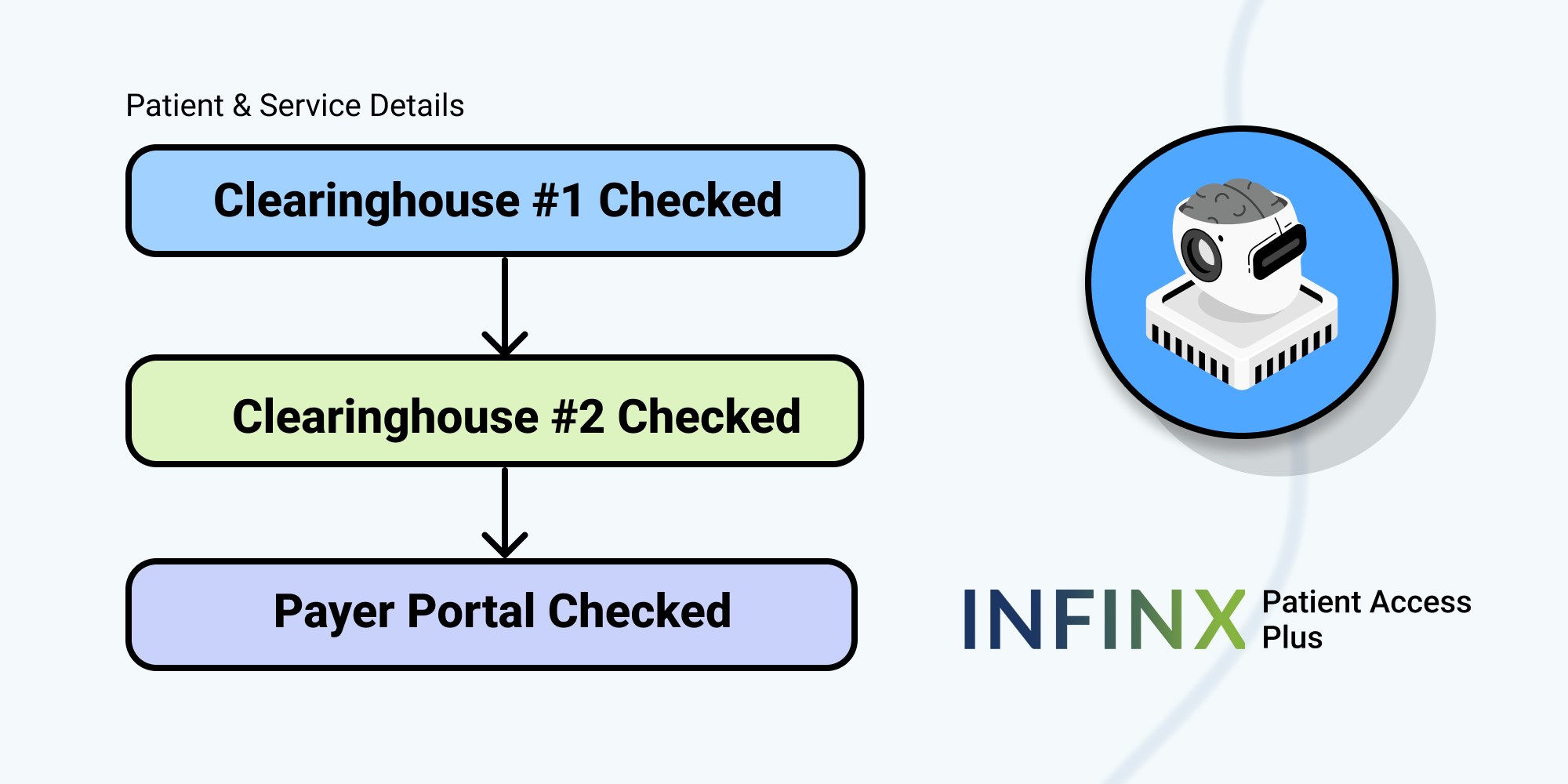When examining the healthcare payment lifecycle from the initial patient encounter through the billing and collection phase, success is predicated on having all of the valid insurance information available. But what if, through no fault of the patient, there was secondary coverage or even tertiary coverage available? What if there are benefits that can be coordinated, and all you need is the correct information?
Aside from private pay (or self-pay) patients, healthcare revenue is dictated by a complex set of rules and regulations imposed by governmental agencies and third-party insurance carriers and contracts that affect what revenue the providers are able to collect for the services they render. Of course, these amounts are also reliant on the patient giving you adequate and true information. Once the insurance payer(s) has met their obligation, any portion deemed appropriate is then billed to the patient (unless it was collected upfront as should be the case).
This is where healthcare billing gets even more complicated as patients refuse (or are unable) to pay their portion, and the outstanding balance gets sent to collections (where you might recognize 30-40%) or is written off as bad debt or charity care. For healthcare organizations, bad debt can range anywhere from 1.5% to 3.2% for hospitals and 15% or more for provider practices.
Is Using Insurance Discovery the Right Solution?
Improvements in technology and efficiencies gained through shared information have encouraged the emergence of insurance discovery as a tool and solution to automatically investigate insurance coverages in real-time. Beyond the self-pay patient population, insurance discovery is effective in finding Medicare, Medicaid, and commercial benefits on a primary, secondary or even tertiary level.
How Does Insurance Discovery Work?
Using software that utilizes artificial intelligence (AI), machine learning, and experienced billing specialists; insurance discovery can be implemented at any time during the patient encounter and billing/collections process.
Once the account information is uploaded, the following steps take place:
- All undisclosed coverage is deep mined from clearinghouses and insurance payers,
- Using probabilistic analytics and machine learning, patient demographic information, insurance profiles, and coverage benefits are identified and verified, and
- Once previously unidentified coverage is now communicated back to the revenue cycle management or EHR/EMR system as the billing continues.
What are the Benefits of Using Insurance Discovery?
First, you can collect on previously uncollectible amounts reducing time wasted on A/R follow-up and collections reducing bad debt and adding to cash flow and the bottom line. Secondly, and equally as important, you have an opportunity to increase patient satisfaction by helping them navigate the complex and confusing third-party payer system.
Initializing A/R improvements using insurance discovery is a relatively easy way to increase revenue, and patient satisfaction is one easy step. By using advanced automation supplemented by AI and machine learning, you can incorporate the discovery process into your specific system in real-time. With the reduced margins common in healthcare today, insurance discovery is a way to ensure that there is no money being left on the table.
Schedule a demo to learn more about using insurance discovery and how it can benefit your organization.



